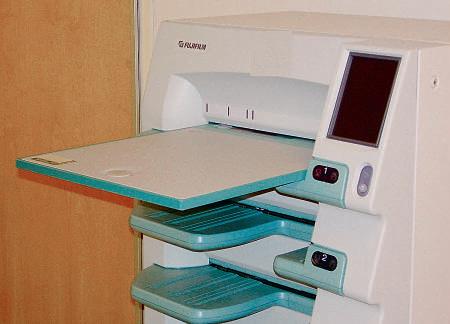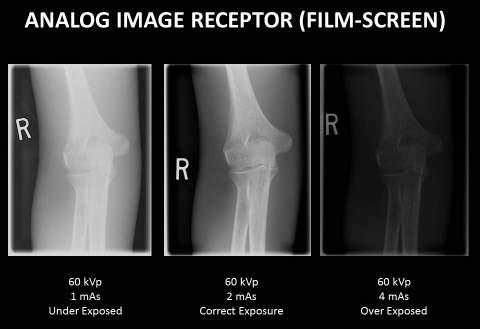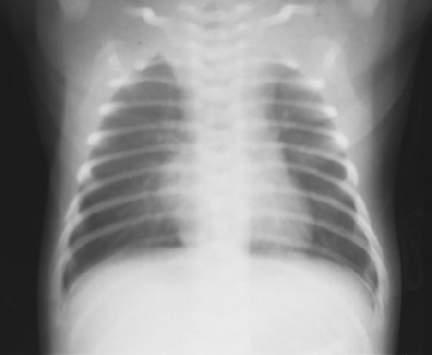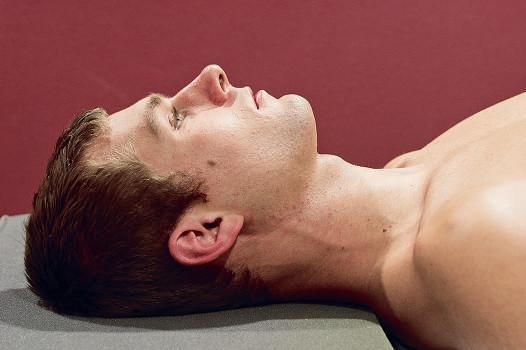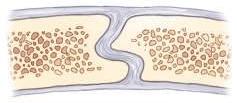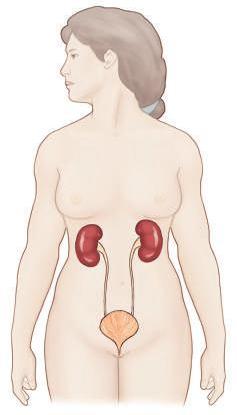Terminology, Positioning, and Imaging Principles C H A P T E R 1
11
Arthrology (Joints)
3. Gomphoses
The study of joints or articulations is called arthrology. It is important to understand that movement does not occur in all joints. The first two types of joints to be described are immovable joints and only slightly movable joints, which are held together by several fibrous layers, or cartilage. These joints are adapted for growth rather than for movement.
A gomphosis joint is the third unique type of fibrous joint, in which a conical process is inserted into a socket-like portion of bone. This joint or fibrous union—which, strictly speaking, does not occur between bones but between the roots of the teeth and the alveolar sockets of the mandible and the maxillae—is a specialized type of articulation that allows only very limited movement.
CLASSIFICATION OF JOINTS Functional
Joints may be classified according to their function in relation to their mobility or lack of mobility as follows: • Synarthrosis (sin˝-ar-thro′-sis)—immovable joint • Amphiarthrosis (am˝-fe-ar-thro′-sis)—joint with limited movement • Diarthrosis (di˝-ar-thro′-sis)—freely movable joint Structural
The primary classification system of joints, described in Gray’s Anatomy* and used in this textbook, is a structural classification based on the three types of tissue that separate the ends of bones in the different joints. These three classifications by tissue type, along with their subclasses, are as follows: 1. Fibrous (fi′-brus) joints • Syndesmosis (sin˝-des-mo′-sis) • Suture (su′-tur) • Gomphosis (gom-fo′-sis) 2. Cartilaginous (kar˝-ti-laj′-i-nus) joints • Symphysis (sim′-fi-sis) • Synchondrosis (sin˝-kon-dro′-sis) 3. Synovial (si-no′-ve-al) joints Fibrous Joints
Fibrous joints lack a joint cavity. The adjoining bones, which are nearly in direct contact with each other, are held together by fibrous connective tissue. Three types of fibrous joints are syndesmoses, which are slightly movable; sutures, which are immovable; and gomphoses, a unique type of joint with only very limited movement (Fig. 1-23).
Interosseous ligament
Distal tibiofibular joint 1. Syndesmosis–Amphiarthrodial (slightly movable)
Suture Sutural ligament
Cross-sectional view of suture
Skull suture 2. Suture–Synarthrodial (immovable)
1. Syndesmoses*
Syndesmoses are fibrous types of articulations that are held together by interosseous ligaments and slender fibrous cords that allow slight movement at these joints. Some earlier references restricted the fibrous syndesmosis classification to the inferior tibiofibular joint. However, fibrous-type connections also may occur in other joints such as the sacroiliac junction with its massive interosseous ligaments that in later life become almost totally fibrous articulations. The carpal and tarsal joints of the wrist and foot also include interosseous membranes that can be classified as syndesmosis-type joints that are only slightly movable, or amphiarthrodial. 2. Sutures
Sutures are found only between bones in the skull. These bones make contact with one another along interlocking or serrated edges and are held together by layers of fibrous tissue, or sutural ligaments. Movement is very limited at these articulations; in adults, these are considered immovable, or synarthrodial, joints. Limited expansion- or compression-type movement at these sutures can occur in the infant skull (e.g., during the birthing process). However, by adulthood, active bone deposition partially or completely obliterates these suture lines.
*Standring S et al: Gray’s anatomy, ed 40, Philadelphia, 2009, Churchill Livingstone.
Roots of teeth 3. Gomphosis–Amphiarthrodial (only limited movement)
Fig. 1-23 Fibrous joints—three types.
1





